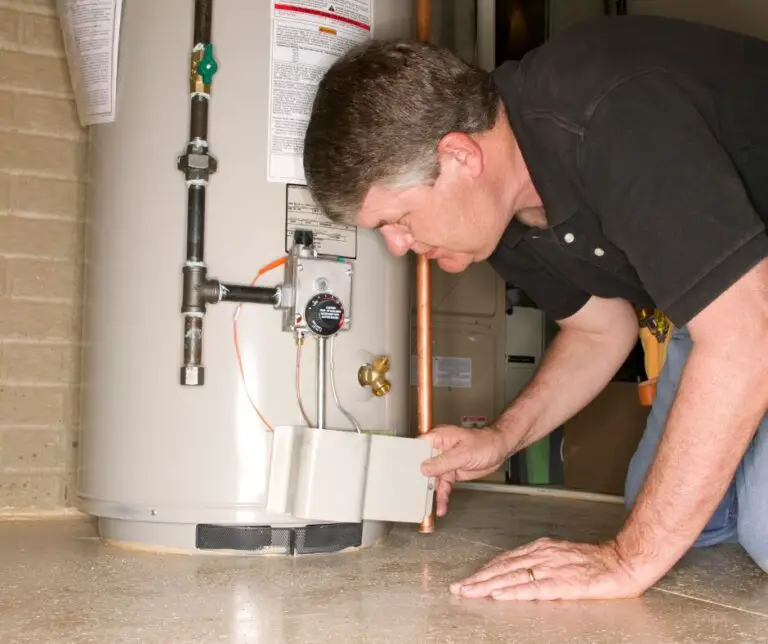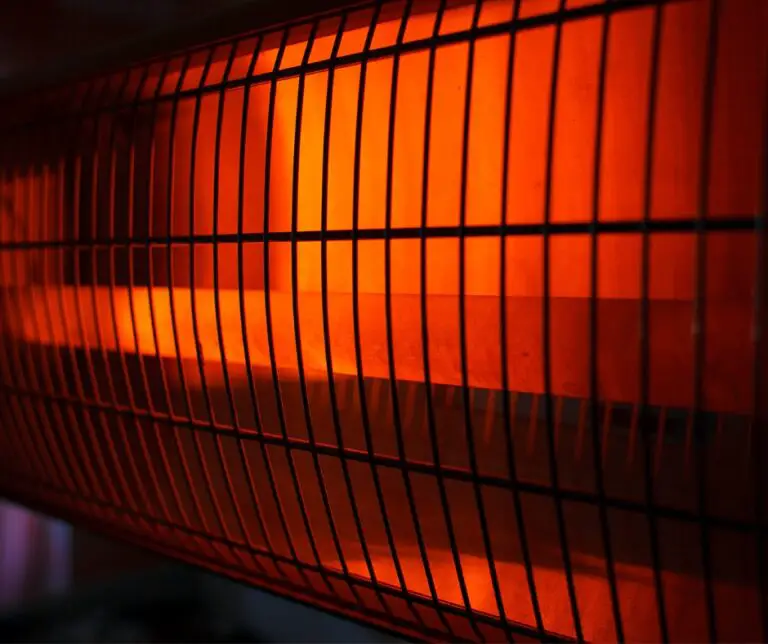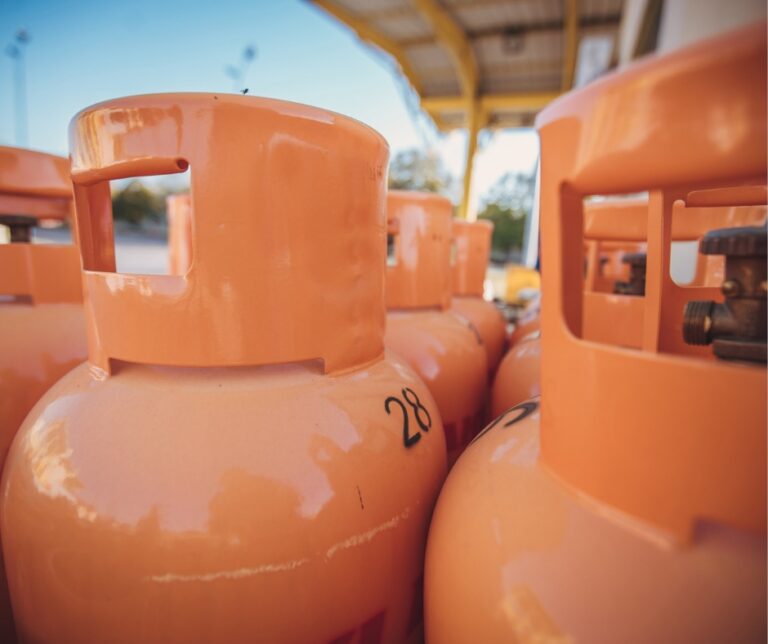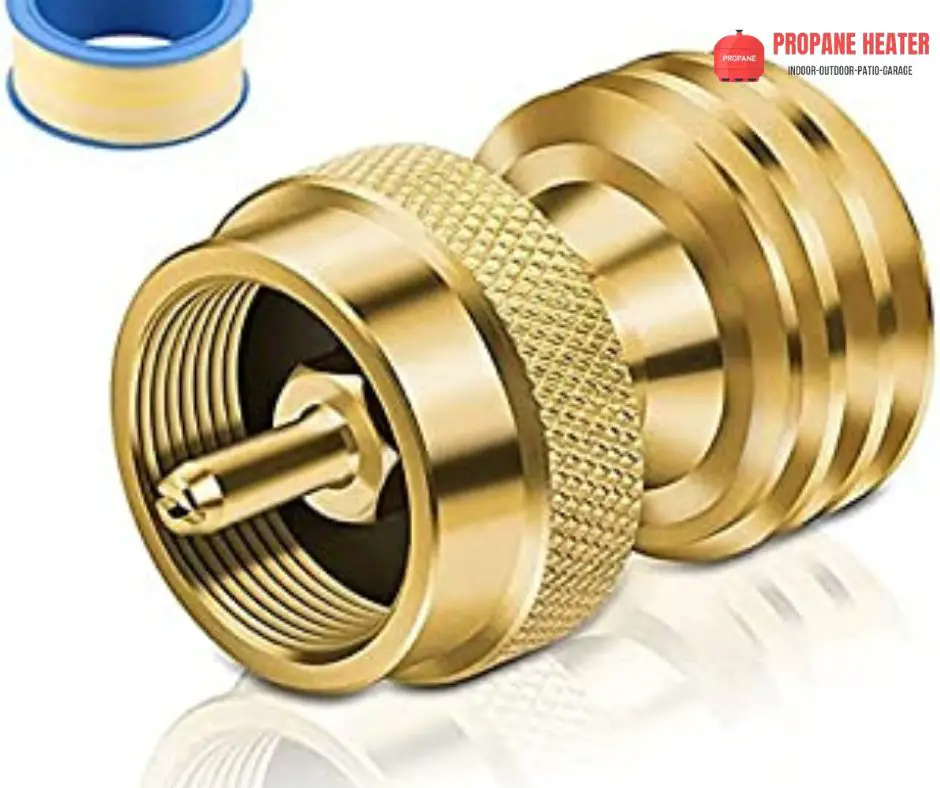
A propane stove provides several advantages. It’s excellent for use and compatible with many home types. Also, it allows you to save costs of heating bills. However, a concern for most is their inability to unscrew the propane connection no matter what they do. This leads to the question: is the propane connection to my stove a reverse thread?
Is The Propane Connection To My Stove A Reverse Thread?
The propane connection to your stove is a reverse thread. Reverse-threaded connections are safe, robust, and reliable. The location of the lines on the propane tank and your stove makes it impossible for them to come loose by accident or even in rough weather conditions.
If you don’t have a left-hand drill or reverse thread nut driver, you can easily buy one at any hardware store. To determine whether your propane connection is reversely threaded:
- Remove the hose from its holder(s) and take a look at how things are arranged inside;
- Hold up some light while examining this area;
- If propane connects to this left-hand nut instead of right-hand nuts on everything else in your house, it’s reverse-threaded.
Why Are Propane Connection Reverse Threads?
For safety purposes
Propane connections on stoves are reverse-threaded to make them safer and more efficient. Tightening the propane connection to your stove creates a tight seal between the hose and the propane valve.
This precautionary measure ensures that fuel gas cylinders are not interchanged with non-flammable gas cylinders such as oxygen or argon because of their similar appearance. Inert gasses like oxygen, argon, nitrogen and others use a conventional right-handed screw thread, whereas flammable gasses such as acetylene and propane use left-handed screw threads for their connections.
To withstand the high pressure of propane
The connection to your propane tank is designed to withstand the high pressure of propane, which can be as much as 2,000psi. This pressure can cause severe injury or even death if it escapes from the tank. If you’re using a different method of lighting your stove other than a match or flint and steel, this is where that system connects to provide that spark.
To prevent the occurrence of leakages
Leakages can happen when the propane connection is not tightened correctly, which means that there is an air gap between the nut and holder. This air gap allows gas to escape as liquid propane evaporates and turns into gas while it travels through this space. The only way to fix this issue is by tightening your connection until no more leaks occur.
How Do You Loosen A Propane Connection?
If you ever need to loosen a propane connection, here are the steps to go about it:
- Close the top main valve on your propane tank.
- Place the open jaws of a crescent wrench over the large nut of the tank’s gas regulator.
- Use a wrench to turn it in a clockwise direction until you hear a click, which means that it has loosened enough for you to remove it by hand.
- Pull off the now-loose tank holder bracket from your grill and set it aside for later use during the reassembly process.
Where Are Left-Hand Threads Used?
Left-hand threads are used in applications where a right-handed screw or bolt would loosen when pressure is applied. For example, left-hand threads are used on most bolts that hold car tires on their rims. You can also find left lines on highly pressurized containers in labs.
Is It Okay To Use Teflon Tape On Gas Fittings?
Yes, you can use Teflon tape on the connection, even if you need to check if your propane connection is a reverse thread. Teflon tape is an excellent option for sealing gas fittings because it’s durable and flexible.
It will seal your propane connection, preventing leaks from developing in this critical area of the stove where pressure can be high. However, it’s crucial to use Teflon tape designed for gas connections rather than Teflon tape designed for water pipes.
Tips for Assembling Propane Fittings
- Use a wrench or socket to tighten the fitting.
- Make sure the fitting is tight but not over-tightened. You don’t want it to be loose, but you shouldn’t have to use much effort when tightening it down.
- Don’t use a wrench that is too large for the fitting; this will cause damage to both your propane system and your tube coupler.
- Before connecting any fittings, apply Teflon tape to each end to ensure they won’t leak when fitted together correctly. If you don’t have Teflon tape handy, you can also use a plumber’s putty or another thread sealant that is compatible with the parts you are working with.
- Don’t cross-thread your threads. This means avoiding putting two pieces together incorrectly so they can only be removed using force that may damage one or both parts.
Is Propane Pipe The Same As Water Pipe?
No, a propane pipe is a piece of tubing used to transport propane or similar liquefied gas from a small tank to your home’s appliances. It is smaller in diameter than a water pipe, which can be used for plumbing or gas.
Water pipes are made to transport water to and from your house. They are usually of larger diameters. The noteworthy difference in both pipes is the amount of pressure they can hold. Propane pipes are made to withstand the pressure exerted by the gas on the inner linings of the pipe. This way, they exhibit incredible strength that makes them durable and flexible.
They designed many water pipes with little pressure strength since water exerts less pressure on the pipe’s walls. This means they are often lightweight, although there are types capable of transporting water under important pressure.
Installing a propane pipe is not complex, but it requires some basic knowledge of plumbing. If you are not comfortable with the task or think it is beyond your skill level, consider hiring a professional plumber to do this work for you.
Conclusion
The propane connection to your stove is a reverse thread. This means it will unscrew in the opposite direction of what you would normally expect, so turn counterclockwise instead of clockwise. However, contact our expert customer service team if you have any questions about your connection. They can help answer all of your questions and assist you with any problems arising during installation or use.

I am Richard A. Jackson man behind propane heating solution, An HVAC expert working as a team lead of the heating department, Provide services all over the USA (around all major cities), and from planning to implementation, you will get all your solution here. We provide various tanks (propane and other natural gases) and deal with disposable waste.
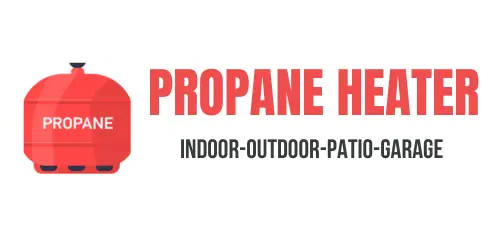
![[TOP 5] Vented Gas Fireplace With Blower Insert](https://propaneheater.review/wp-content/uploads/2019/11/VENTED-GAS-FIREPLACE-WITH-BLOWER-INSERT-768x271.jpeg)
